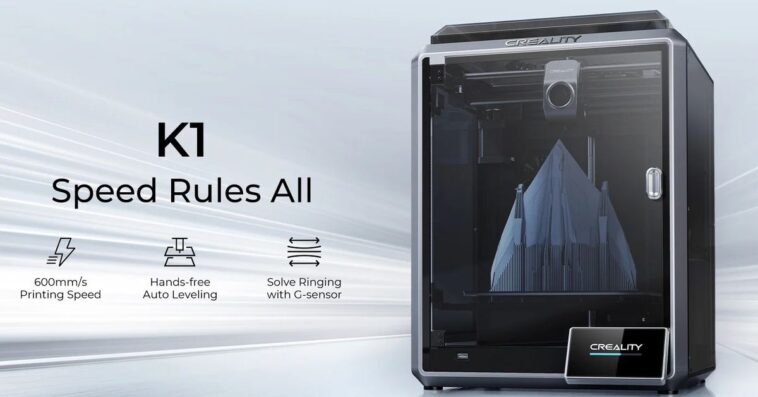3D Printing Technology: Are We Facing a New Era of Faster Printing?
THAT ERA IS OVER! The speed of 3D printing has been revolutionized, thanks to the introduction of new high-tech components and updated algorithms. Prusa and Creality, two of the biggest names in consumer 3D printing, have raised the bar for their competitors with Prusa MK4 and Creality K1 and K1 Max printers respectively. These machines can produce simple parts at astonishing speeds – a draft mode 3DBenchy boat in under 20 minutes with Prusa MK4, and in just 13 minutes with Creality K1 and K1 Max printers.
THE BUZZWORDS. The printers’ speeds, however, are not just due to upgraded hardware. High-speed printing relies on two buzzwords: Input shaping and pressure advance – the former changes how the printer throws its head around, while the latter ensures a proper flow of plastic. Both the Prusa and Creality printers have filament runout sensors that pause printing when you run out of plastic.
OUT-OF-THE-BOX PRINTING EXPERIENCE. Companies like Prusa, Creality, Bambu, and AnkerMake are also claiming that their printers’ performance is achievable right out of the box. AnkerMake’s M5 model, for example, can print at 250mm/s and 500mm/s, using the manufacturer’s default slicer settings. Although they’re not perfect, they’re still impressively efficient, making these printers ideal for domestic use, and perfect for those just starting in the world of 3D printing.
COMPETITION BREEDS EXCELLENCE. It’s fantastic to see more competition among 3D printer manufacturers because it’s driving innovation and new developments. With machines like the Creality K1 and Prusa MK4 setting a new standard for speed and quality, there’s no telling what the future may hold for 3D printing technology.
THE BOTTOM LINE. Faster and more efficient printers mean greater opportunities for businesses, inventors, and technophiles looking to turn their design ideas into a reality. As technology continues to evolve, consumers can look forward to printers that are even faster, more precise, and less expensive. The future of 3D printing is an exciting but highly innovative one, with printers capable of producing more than just simple parts.






